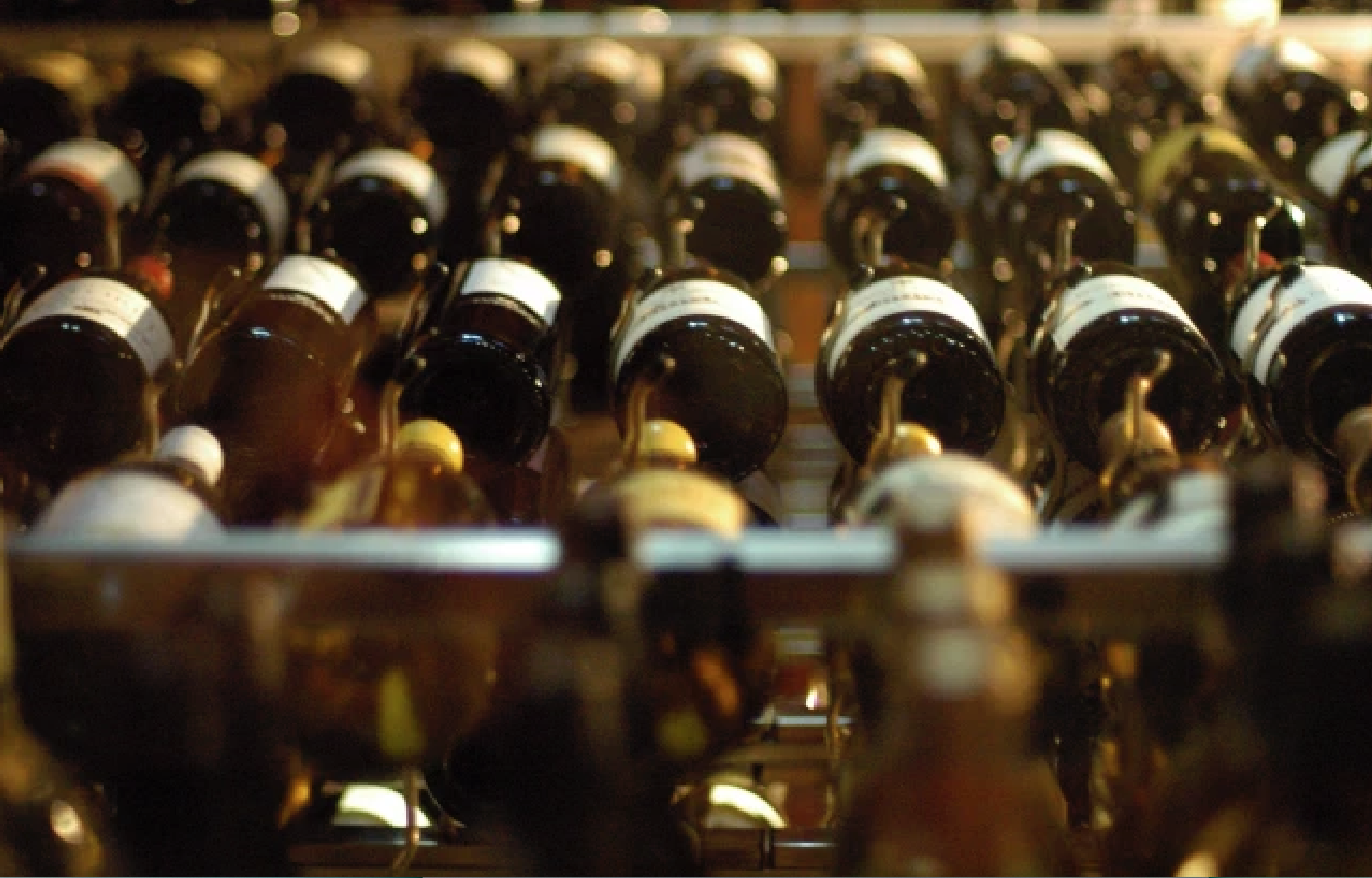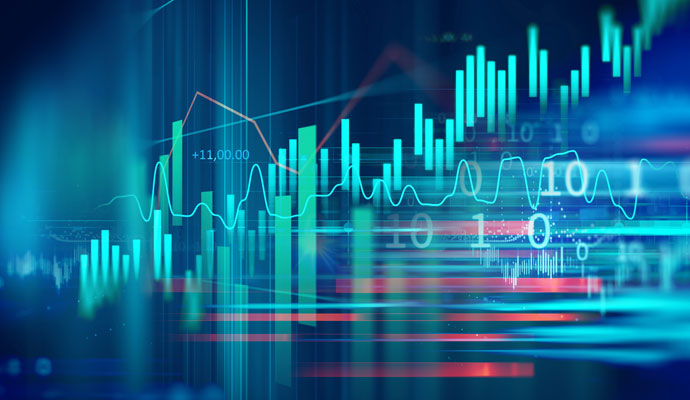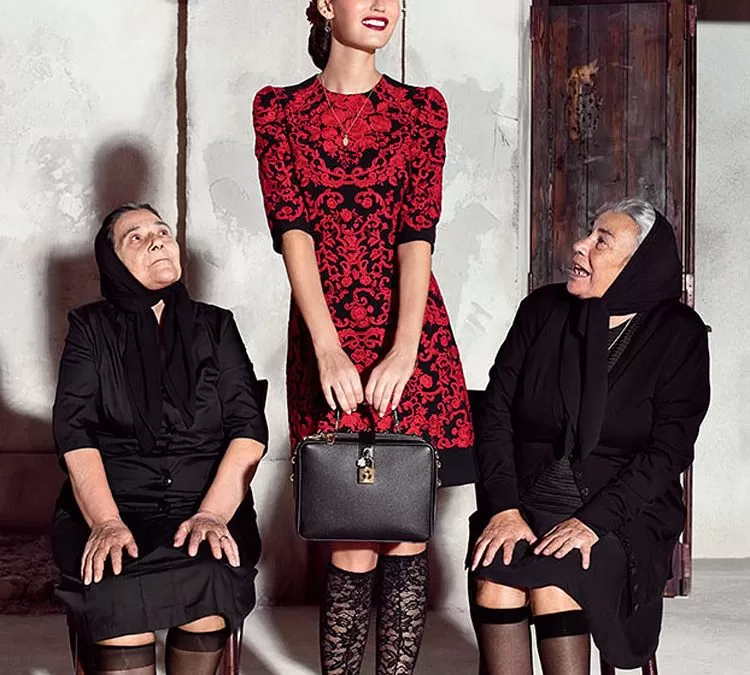The wine merchant’s business is changing constantly. The latest statistics suggest that DTC will continue to grow fast.
With Millennials becoming an influential group of consumers this should come as no surprise. They have different social and buying patterns than any other generation. They are highly active in social media and live an active digital life. Their wine purchases are price-conscious and they are attracted to brands that offer them value and savings. They are fans of wine brands that they can relate to.
For this generation, the primary sourcing channel is the web. They are an ideal target for wine businesses pursuing highly profitable direct-to-consumer online sales. Let’s see what the 10 most important digital wine marketing hacks are that your wine business should use to increase online wine sales!
Use landing pages for wine marketing
Once you have your online wine promotions running, these should lead your prospects to your online wine shop. Arriving there, visitors will have to be convinced to make a wine purchase. This is easier said than done. One of the most common mistakes online shop owners make is transferring leads either to the main page of the webshop or to a standard product page.
There are better techniques than that. Your paid promotions are successful when you manage to convert your leads. This means that you either collect some information about your prospects for a follow-up later, or you manage to make the wine sale right away.
For either of these to happen, standard wine product pages in your webshop are much less effective than conversion-oriented landing pages. Landing pages provide additional information and details about your wine offer. They can be visually more compelling, and more convincing than any standard wine description page. It is so because they are developed to detail the offer and increase the conversion rate.
Conversion Magnets for Wine Merchants
You can add attractive conversion magnets on a landing page, such as a welcome bonus for the first wine (package) order, or a one-time discount for a newsletter sign-up. You can also combine a landing page with an exit-intent plugin. With that, you can capture prospects who are about to leave the page. Before they would close your page, the exit-intent plugin kicks in. It displays an additional offer, which may trigger your prospect to share his contact details with you or place an immediate order for wines.
You might wish to consider using personalisation software, which creates pages unique to the individual consumer when they come to your site. Details of the distinctions between the leading 30 hyper-personalisation software providers are available via the link.
Sign up Your Wine Retail Shop Visitors
If you are running a direct-to-consumer wine business that sells also offline, you are likely to have a wine retail shop or a cellar. These physical locations also offer excellent options for collecting prospect data. Not all visitors to your brick-and-mortar wine shop, cellar or tasting room will buy your wines on the spot. Some people need more time to make a wine purchase decision: not everybody is an impulsive buyer. These are exactly the cases where your offline and online conversions should be connected.
Offline and online – connected
By placing an offer in a well-visible place in your physical wine store you can encourage visitors to sign-up for your newsletter or take part in a prize draw. The sign-up should happen in an electronic form and it should be simple.
Some of the better e-mail marketing automation solutions offer free lead collection apps that you can install and display on an iPad. You place the tablet on a stander and you are good to go. The best of it: it should not even be always connected to the internet. The app can collect lead data offline: the next time it finds a network connection, it will upload all prospect data into your respective mailing list.
Most people start with email marketing automation solutions like MailChimp and CampaignMonitor. Both of these solutions come with offline lead collection apps: you find these MailChimp Subscribe and CampaignMonitor Enlist apps on the web. Much easier to use and far more profitable solutions are discussed later.
USE TASTING EVENTS AS LEAD MAGNETS
Tasting events for most wine businesses are a no-brainer. They are traditionally the primary option to create consumer interest and generate wine sales. Yet, many of these wine events would need significant improvement.
Wine tastings are a great way to generate engagement between the wine business, targeted prospects and existing customers. The problem is that as long as you do not know who the people are who attend your event, your engagement with them becomes temporary. They may like your wine, they may purchase a few bottles or cases. However, unless you take their basic personal data, you will never be able to follow up with them and direct them to your online wine shop.
Being wine business professionals ourselves, we continue to receive invitations to wine tastings. Many of these do not require any formal sign-ups. This is a mistake. Wine businesses sending these invitations miss the opportunity to learn about the audience in advance. If there is paid promotion involved, it makes the case even worse. Not knowing the efficiency and status of your campaign, you cannot make adjustments to it. That is how your wine-tasting event may end up crowded (creating a negative customer experience) or empty (making you feel desperate).
Event Registrations
Adding event registration functionality to your wine business website is normally not a major development. Yet, if it causes a headache for you, you can easily use one of the global online platforms like Eventbrite. They support free/paid registrations, electronic and paper ticketing, as well as custom data collection. Best of it all, these platforms can be connected to social media and email marketing platforms. By linking your social media campaigns you can measure their efficiency. By linking your marketing automation tool, you can reach out to your attendees before and after your event.
If you prefer to take event registration into your own hands and not use a global platform like Eventbrite, then there are many other event tools available in the market. Check this link for more alternatives.
Event Sign-Ups
Using the same techniques as described for your retail wine shop above, you can use your wine-tasting events as lead generation tools. People who show up unexpectedly and without a registration can still be registered on-site. If your tasting is part of a larger event or you do not have the personnel for on-site registrations/check-ins, you can still use on-site promotional offers at your tasting desk to collect prospect data.
We recommend that you avoid running wine tastings without collecting customer data in one or another way. You may impress people with your wines but you leave the follow-up to them. This turns your wine business into reactive mode. Collect lead data and go after your prospects proactively.
Scale up your email marketing
For most brands, email was still the preferred medium to communicate with customers. This is likely to continue well into the future. With email being one of the cheapest communication channels still, it remains to be popular. Ensuring each individual has AI machine-learning hyper-personalised product selection content relevant to them is key.
Bad Email Practices
Nonetheless, there are different ways of sending out e-mails to your customers. If you use a simple mailing client like Outlook or Gmail, you are missing out on a whole bunch of wine marketing opportunities.
When you send off your newsletter from a standard Outlook client, you have no feedback about who opened your mail, who clicked and on what link in your message. Sure, if your target e-mail address is incorrect, you will see a sending failure message. But that is about all the feedback you get. E-mail marketing automation tools can track who opened your message from what client (desktop or mobile), what your most popular links were and why your message bounced (in case its delivery was unsuccessful).
Email product choice personalisation matters
The truth of any successful wine merchant is the lack of time and extremely tight margins before they have to even begin to consider their email marketing. Traditional solutions require dedicating time – ideally on a set time regular basis, to segment and carve up your database of consumers into appropriate segments to target the right offers to the right people.
In fairness, our experience when talking to wine merchants is of a collection of databases, previously dedicated to segments in anticipation of a white preference, or for that matter, red, new world, champagne, fine wine etc. But there is now a sophisticated alternative, originally designed specifically to the wine industry called hyperp-ersonalisation software.
Hyper-personalisation software once installed uses an AI algorithm to watch everything each consumer buys, and more importantly, looks at, the sequence involved between those two, to calculate what each consumer is most likely to buy next, several times each month, without needing to be involved whatsoever, it takes all those products pertinent to that individual, loads them into an email and sends. The results verified by McKinsey and Statista and phenomenal. They quantify that, the average ROI is 1500%, and that 20x (twenty times) greater than traditional email marketing.
Because it is digital, no human being is involved at all, at any time. It runs in the background for vintners, and vineyard owners alike. Consider your customer, instead you offering them a cluster of reds because that’s the group you have collated them into, if you offer one Bordeaux another Champagnes etc, to each individual’s taste. Average basket size up, customer lifetime value up, it’s a no-brainer.





